Helping plants grow well
1. What will happen to a plant left in the dark?
It will grow green and healthily
It will turn yellow and spindly
It will go to sleep
2. What will happen to a plant that is left un-watered?
It will move to where there is water
It will grow well and healthily
It will wilt and eventually die
3. Which plant will grow best?
A plant grown in the dark with plenty of water
A plant grown in bright sunlight with not enough water
A plant grown in bright sunlight with plenty of water
4. The more water a plant is given, the better it will grow. Is this statement true or false?
True
False
It's impossible to say
5. The more warmth a plant is given, the better it will grow. Is this statement true or false?
True
False
It's impossible to say
6. Grass does not grow as quickly during the winter as it does during the summer. What could be a reason for this?
It's colder in the winter
It doesn't rain as much in the winter
The grass is sulking
7. Why do you think gardeners grow some plants in greenhouses?
To keep the plants away from the light
To keep the plants warm
To keep the plants cold
8. Why would keeping one plant in a fridge and one on a windowsill not be a fair test of how temperature affects the growth of plants?
Because it will be cold AND dark in the fridge
Because the plant in the fridge will have access to food
Because the temperature will be the same in both positions
9. Which part of a plant takes in water?
Roots
Stem
Leaves
10. Which part makes food for the plant?
Roots
Petals
Leaves
Tuesday 13 December 2011
Plants and animals in the local environment
Plants and animals in the local environment
1. Which of these things are you NOT likely to find in a park or garden?
An earthworm
An oak tree
A crab
2. Which of these best describes a dandelion?
A pink flower with a long stalk
A yellow flower with jagged leaves
A purple flower with pointy petals
3. Where are you most likely to see an ant?
Between two paving stones
Under a pile of wet leaves
In a pond
4. Which of these will grow into a new plant?
A grain of pollen
A fallen leaf
A seed
5. Where on a flowering plant will you find next year's seeds?
In the flowers
On the stem
On the leaves
6. All butterflies were once ...
Earthworms
Centipedes
Caterpillars
7. Why are you unlikely to find a fish in a field?
Because fish don't like grass
Because fish prefer to hide in trees
Because fish cannot live on land
8. Which of these is NOT true?
Squirrels eat nuts and berries
Squirrels build their nests underground
Squirrels store food to use in the winter
9. Where would you expect to find a woodlouse?
In a hot, sunny place
In a dark, damp place
In a dark, dry place
10. Which of these is NOT true?
Flowers produce seeds
Seeds grow into new plants
All animals lay eggs
1. Which of these things are you NOT likely to find in a park or garden?
An earthworm
An oak tree
A crab
2. Which of these best describes a dandelion?
A pink flower with a long stalk
A yellow flower with jagged leaves
A purple flower with pointy petals
3. Where are you most likely to see an ant?
Between two paving stones
Under a pile of wet leaves
In a pond
4. Which of these will grow into a new plant?
A grain of pollen
A fallen leaf
A seed
5. Where on a flowering plant will you find next year's seeds?
In the flowers
On the stem
On the leaves
6. All butterflies were once ...
Earthworms
Centipedes
Caterpillars
7. Why are you unlikely to find a fish in a field?
Because fish don't like grass
Because fish prefer to hide in trees
Because fish cannot live on land
8. Which of these is NOT true?
Squirrels eat nuts and berries
Squirrels build their nests underground
Squirrels store food to use in the winter
9. Where would you expect to find a woodlouse?
In a hot, sunny place
In a dark, damp place
In a dark, dry place
10. Which of these is NOT true?
Flowers produce seeds
Seeds grow into new plants
All animals lay eggs
Health and growth
Health and growth
1. Why is it not a good idea to eat a lot of sugary snacks?
They fill you up so you don't get hungry for healthy meals
They don't contain enough sugar
They contain too many vitamins
2. Which is not a good form of exercise?
Cycling
Swimming
Watching television
3. Regular exercise makes us ...
lethargic (sleepy and lacking in energy)
fitter and stronger
weaker and likely to become ill
4. Which is the healthiest breakfast?
A doughnut and a biscuit
A banana and a bowl of cereal
Nothing
5. Which is the healthiest lunch?
Cake, apple pie, fizzy drink, crisps
Cheese sandwich, apple, milk, crisps
Biscuits, apple juice, chocolate
6. When we are thirsty, we need ...
water
food
exercise
7. How often should we eat fruit and vegetables?
Every day
Once a week
Once a month
8. How often do we need to sleep and rest?
Every day
Once a week
Once a month
9. What would happen to us if we didn't have any food or water?
Nothing would happen to us
We would become ill but then get better
We would die
10. It is best to eat ...
the same thing every day
as much as possible
a wide variety of different foods
1. Why is it not a good idea to eat a lot of sugary snacks?
They fill you up so you don't get hungry for healthy meals
They don't contain enough sugar
They contain too many vitamins
2. Which is not a good form of exercise?
Cycling
Swimming
Watching television
3. Regular exercise makes us ...
lethargic (sleepy and lacking in energy)
fitter and stronger
weaker and likely to become ill
4. Which is the healthiest breakfast?
A doughnut and a biscuit
A banana and a bowl of cereal
Nothing
5. Which is the healthiest lunch?
Cake, apple pie, fizzy drink, crisps
Cheese sandwich, apple, milk, crisps
Biscuits, apple juice, chocolate
6. When we are thirsty, we need ...
water
food
exercise
7. How often should we eat fruit and vegetables?
Every day
Once a week
Once a month
8. How often do we need to sleep and rest?
Every day
Once a week
Once a month
9. What would happen to us if we didn't have any food or water?
Nothing would happen to us
We would become ill but then get better
We would die
10. It is best to eat ...
the same thing every day
as much as possible
a wide variety of different foods
Year 2 Fill in the blanks
1.Cabbage is a food that give us ……
2. A baby need ……….. to growing up.
3. A grasshopper is animal that eat …….
4. Bear and hen are similar because they eats………….. and ………………
5. A ………….. does not look like a frog.
6. Baby duck is call ………………
7.Plant need right amount of ………… to growhealthy.
8. The papaya fruit has ……… seeds.
9. The alarm clock needs ……….. to work
1.Cabbage is a food that give us ……
2. A baby need ……….. to growing up.
3. A grasshopper is animal that eat …….
4. Bear and hen are similar because they eats………….. and ………………
5. A ………….. does not look like a frog.
6. Baby duck is call ………………
7.Plant need right amount of ………… to growhealthy.
8. The papaya fruit has ……… seeds.
9. The alarm clock needs ……….. to work
Science Year 2 Living things and non-living things
Question Excerpt From SCIENCE YEAR 2 (Living Things and Non-Living Things)
1) Which of the following is a living thing?
a. ball
b. rabbit
c. car
2) Which of the following is a non-living thing?
a. A rose plant
b. A mouse
c. A car
3) Living things need_________to stay alive.
a. food
b. soll
c.book
4) Living things need_________ to breathe.
a. food
b. water
c. air
5) A cat can _________but a table cannot.
a. fly
b. move by itself
c. swim
Monday 5 December 2011
Sunday 4 December 2011
Saturday 3 December 2011
Friday 25 November 2011
The life cycle of plant
http://www2.bgfl.org/bgfl2/custom/resources_ftp/client_ftp/ks2/science/plants_pt2/
Try out this everyone and you will be more understand about the life cycle of PLANT! =D
Try out this everyone and you will be more understand about the life cycle of PLANT! =D
Tuesday 8 November 2011
Simple quiz!
Question Excerpt From Science Quiz - Year 4
| Q.1) | 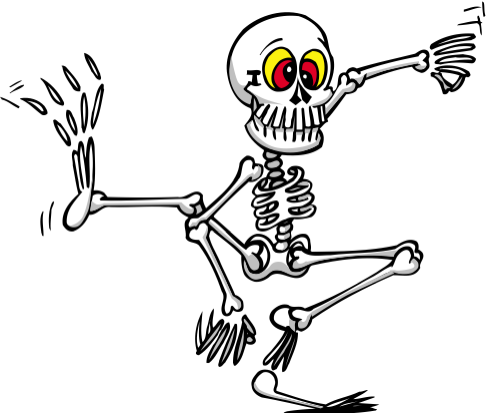 Which of these animals does NOT have a skeleton? |
| A. |
| B. |
| C. |
| D. |
| Q.2) | 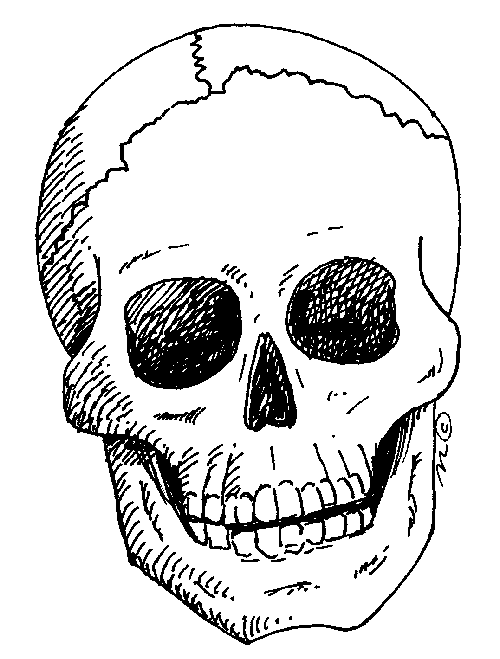 What does your skull protect? |
| A. |
| B. |
| C. |
| Q.3) | 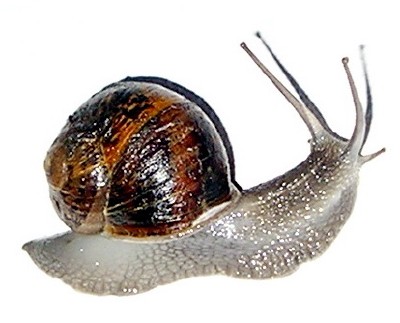 Does a snail have a backbone? |
| A. |
| B. |
| Q.4) | 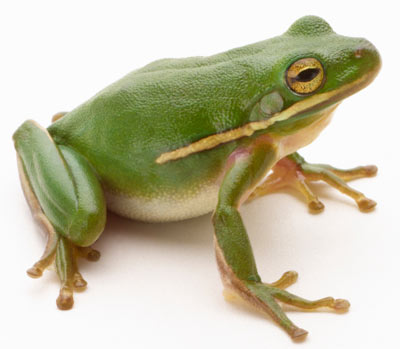 Does a frog have a backbone? |
| A. |
| B. |
| Q.5) | 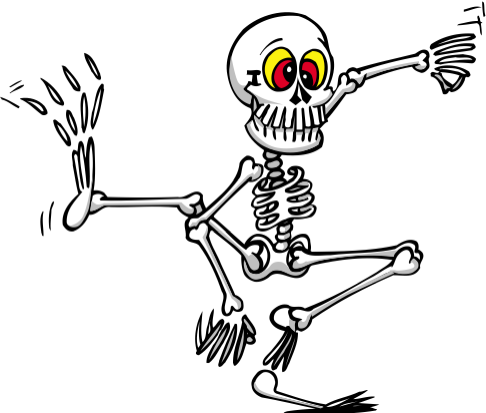 Your skeleton helps you to move. What else helps you to move? |
| A. |
| B. |
| C. |
| Q.6) | 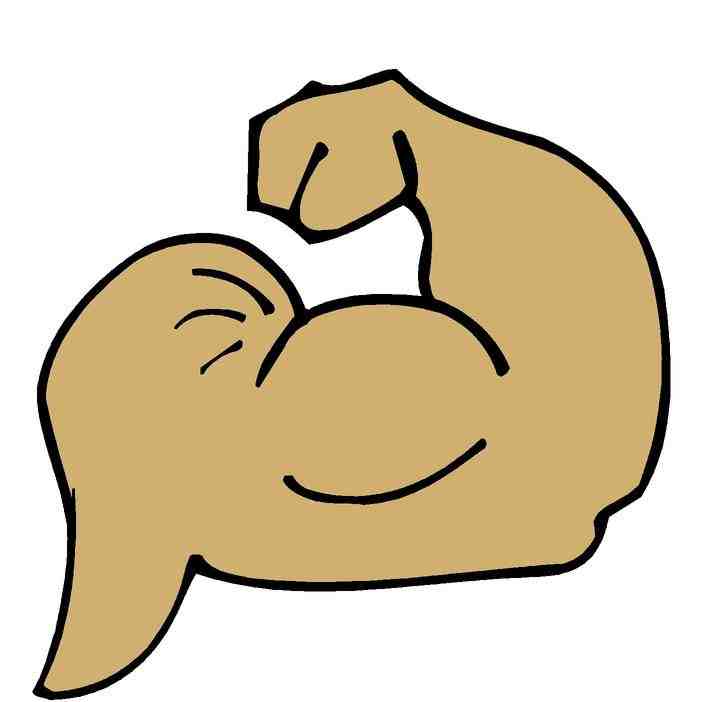 Muscles work: |
| A. |
| B. |
| C. |
| Q.7) | 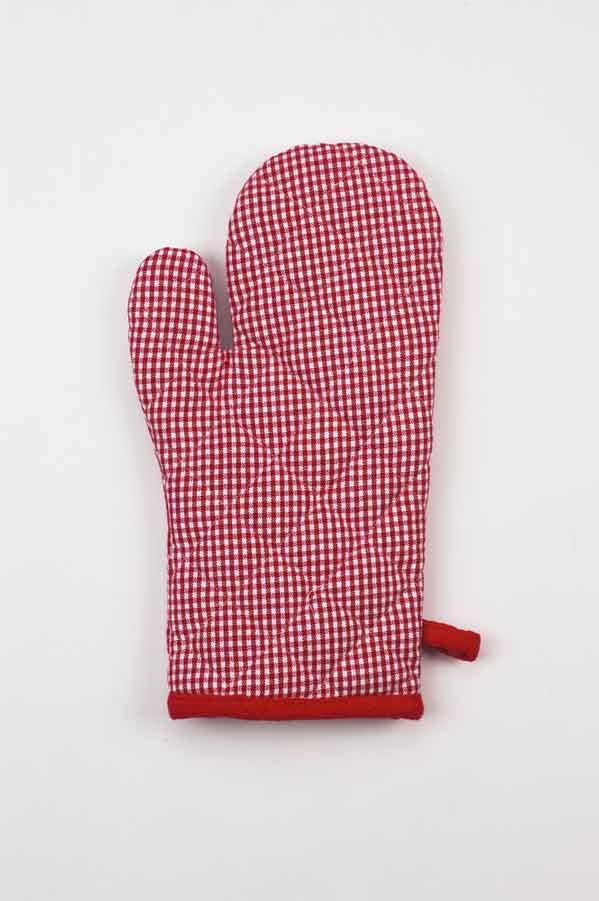 Which 2 of these materials does NOT let heat through? (2 answers) |
| A. |
| B. |
| C. |
| Q.8) | 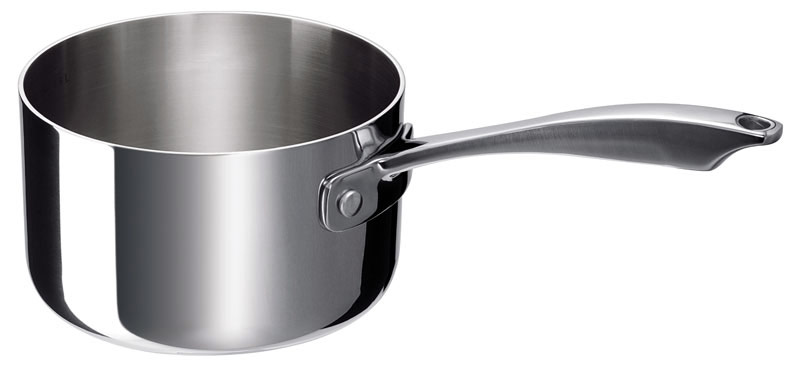 Which of these is a good thermal conductor? |
| A. |
| B. |
| C. |
| Q.9) | 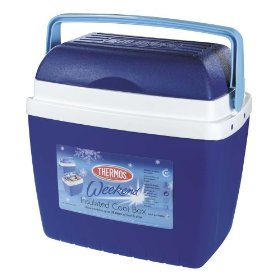 A thermal conductor cannot... |
| A. |
| B. |
| C. |
| Q.10) | 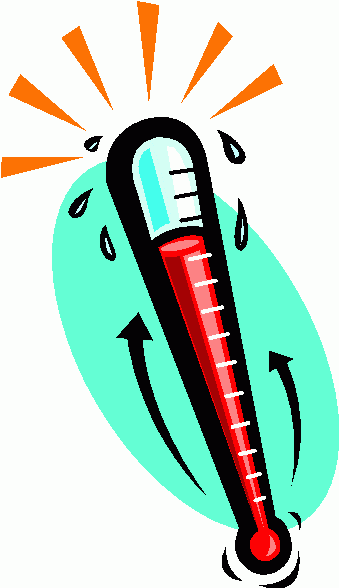 How do you measure temperature? |
| A. |
| B. |
| C. |
| Q.11) | 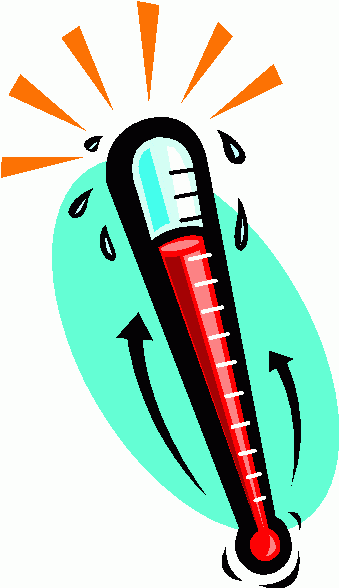 If something is -20 degrees Celsius is it? |
| A. |
| B. |
| Q.12) | 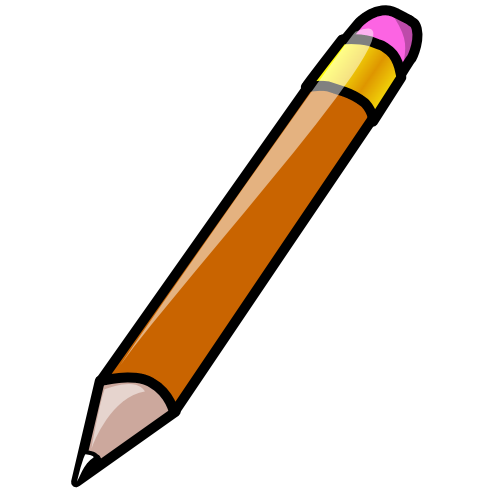 Which one of these is a liquid? |
| A. |
| B. |
| C. |
| Q.13) |  Which one of these is a solid? |
| A. |
| B. |
| C. |
| Q.14) | 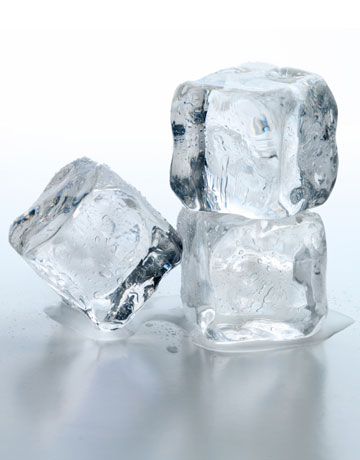 What is the process called to turn an ice cube into liquid water? (Solid to a liquid) |
| A. |
| B. |
| C. |
| Q.15) | 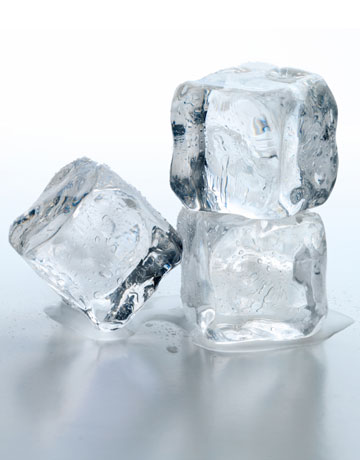 What is the process called to turn water into an ice cube (liquid to a solid)? |
| A. |
| B. |
| C. |
| Q.16) | 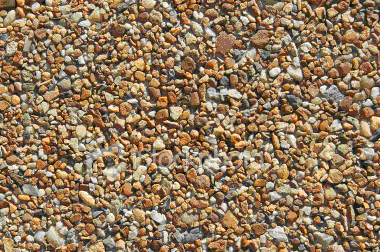 How can I separate the stones in my soil? |
| A. |
| B. |
| Q.17) | 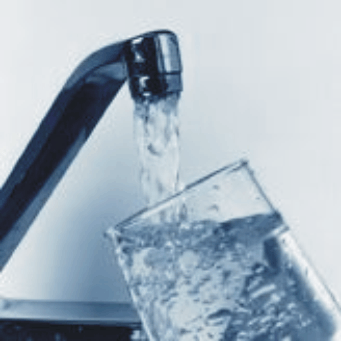 Which of these materials CANNOT dissolve into water? |
| A. |
| B. |
| C. |
Thursday 3 November 2011
Compass-use of magnet!
The needle of compass is always points to the north!
The old compass used by sailors!
Wherever you are standing on the planet, if you hold a compass in your hand it will always point to the North Pole. This is a pretty amazing fact! Imagine you were lost in a big park. How would you know which way to go? A compass would help you to find your way.
What is a compass?
A compass is a very simple device. It is really just a magnet. Have you ever seen a compass? It usually looks a little bit like a watch. Instead of showing the hours of the day though, a compass dial shows the four directions - north, south, east and west.The magnet in a compass is usually called a needle. The needle always points north.
Using a compass
Imagine again that you are lost in a big park, but this time you have a compass! You know the way back to your mum's car is north, how would you use the compass to go in the right direction?You need to hold the compass flat and steady. Don't shake it around or it won't work. When the needle settles it will be pointing to the north. Turn your body around until the needle is lined up with where it says north on the compass dial - that way is north.
The best thing to do now is to pick out a big tree that is in that direction and walk that way keeping your eye on the tree. You will soon be back with your family!
Compasses are another way that magnets are very useful! =)
Experiment to know what do magnet attract
It is interesting to experiment with magnets and find out what objects move towards them and which ones don't. Some people believe that all metals are attracted to magnets. This is not true. Have you ever used a magnet and put it close to a brass key? There will be no magnetic attraction between the key and the magnet.
Testing out what things are attracted to magnets can be fun and surprising. If you are lucky your teacher may even set up a science experiment with magnets. When starting a science experiment it is important to write down what you think is going to happen. What you predict will happen is called your hypothesis.
Some good things to test are wood, water, paper clips, nails, plastic rulers, elastic bands, batteries and paper. Can you think what will happen when the magnet comes near each object? Write down what you think will happen.
Testing out what things are attracted to magnets can be fun and surprising. If you are lucky your teacher may even set up a science experiment with magnets. When starting a science experiment it is important to write down what you think is going to happen. What you predict will happen is called your hypothesis.
Science experiment - what objects are attracted to magnets?
For this experiment the first thing needed is a magnet. A bar magnet is the best type of magnet for doing this experiment. After you have a magnet, the next step is to find a number of different materials for testing. There are no rules on what objects should be tested and what should not. You can test anything you are curious about.Some good things to test are wood, water, paper clips, nails, plastic rulers, elastic bands, batteries and paper. Can you think what will happen when the magnet comes near each object? Write down what you think will happen.
Results
- Wood will show absolutely no attraction to the magnet.
- Water will show no attraction to the magnet. Water will be slightly repelled by the magnet.
- Paper clips will move towards the bar magnet. When the paper clips are placed close enough to the magnet, they will slide towards it, attaching themselves to the magnet.
- An iron nail will also be attracted to the magnet.
- The plastic ruler will not be attracted to the magnet.
- An elastic band will not be attracted to the magnet.
- The battery will be attracted to the magnet.
- Paper will not be attracted to the magnet
Magnet
A magnet is an object that has a magnetic field. A magnetic field is basically a field where unlike poles attract each other and like poles repel each other. A magnet has two ends: a North end and a South end. The end that points north is called the north pole of the magnet and the end that points south is called the south pole of the magnet.
Enjoy reading! =)
Attraction and repulsion
Unlike poles attract each other. This means that the north pole of one magnet will be attracted to the south pole of another magnet. The north pole of one magnet will repel the north pole of another magnet.Magnets attract metallic objects like pieces of iron and steel.Today, magnets are made in various shapes and sizes depending on their use. One of the most common magnets is the bar magnet. A bar magnet is a long, rectangular-shaped magnet that attracts metallic objects.Magnets can be grouped into permanent magnets and temporary magnets.Permanent magnet
A permanent magnet is the most common type of magnet. You probably have a permanent magnet at home. A fridge magnet is an example of a permanent magnet. A permanent magnet keeps its magnetism for a long time. It is a very strong magnet.Permanent magnets can be made into all sorts of different shapes and sizes. They can be made into horseshoes, donuts, rings, rectangles and round bars.Temporary magnets
A temporary magnet is not as strong as a permanent magnet. A temporary magnet will only behave like a permanent magnet when it is in a strong magnetic field. When the magnetic field disappears, the temporary magnet loses its strength. Some examples of temporary magnets include paper clips and iron nails.Enjoy reading! =)
Saturday 22 October 2011
Subscribe to:
Posts (Atom)



